When it comes time for a major renovation, you just might get to thinking about ceiling heights. Maybe you’ve always felt like your low ceiling attic bedroom is just too cramped, or perhaps your main floor is feeling claustrophobic.
In other words, you most likely think of making your ceilings higher, rather than lower. And that isn’t a big surprise since taller ceilings give you more headroom and they also will make a space feel a lot bigger. However, low ceilings homes aren’t without their upsides. Provided you don’t make them too low, low ceilings can come with some unexpected benefits that might make them worth keeping.
Of course, there are downsides as well, but low ceiling tricks can help you head them off. Changing the height of a ceiling can prove to be a very time-consuming and costly job, so it's a good idea to see if you can work with your low ceiling home rather than rebuild it. If you keep it, you might just fall in love with the unique pros it can offer.
What Is The Best Ceiling Height?
There are two main factors that determine what the best ceiling height is for your home. The first thing to know is that there are legal minimums on how low a ceiling can be. Typically, it is illegal to build a home with a ceiling lower than 7 feet.
In other words, your home could even come with a 7-foot ceiling, but if you were to add some thick flooring that reduces the gap to less than 7 feet, that would be illegal in most municipalities.
The other factor then to take into account is your own personal preference. If seven feet seems too low for you, consider making the ceiling higher. An 8-foot ceiling might work better because it will keep the ceiling low while still giving you an extra foot overhead to work with. It might not seem like much but it makes a significant difference at the end of the day.
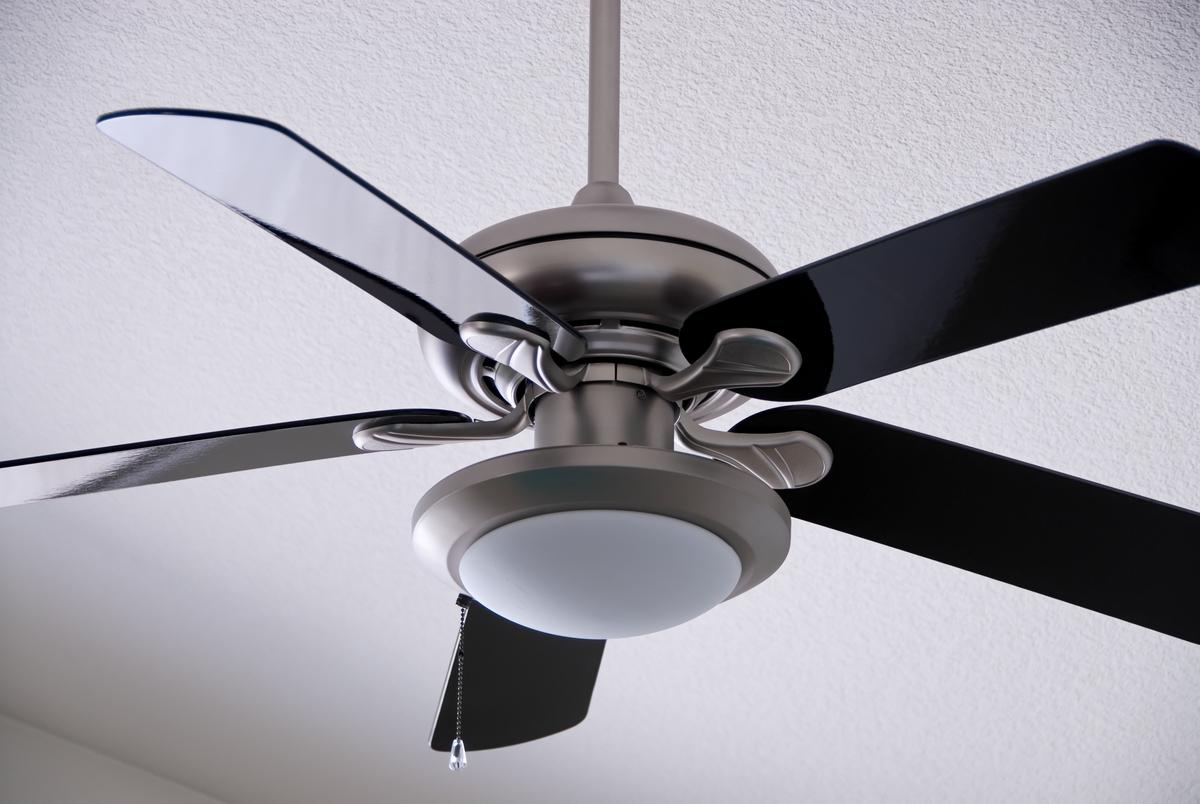
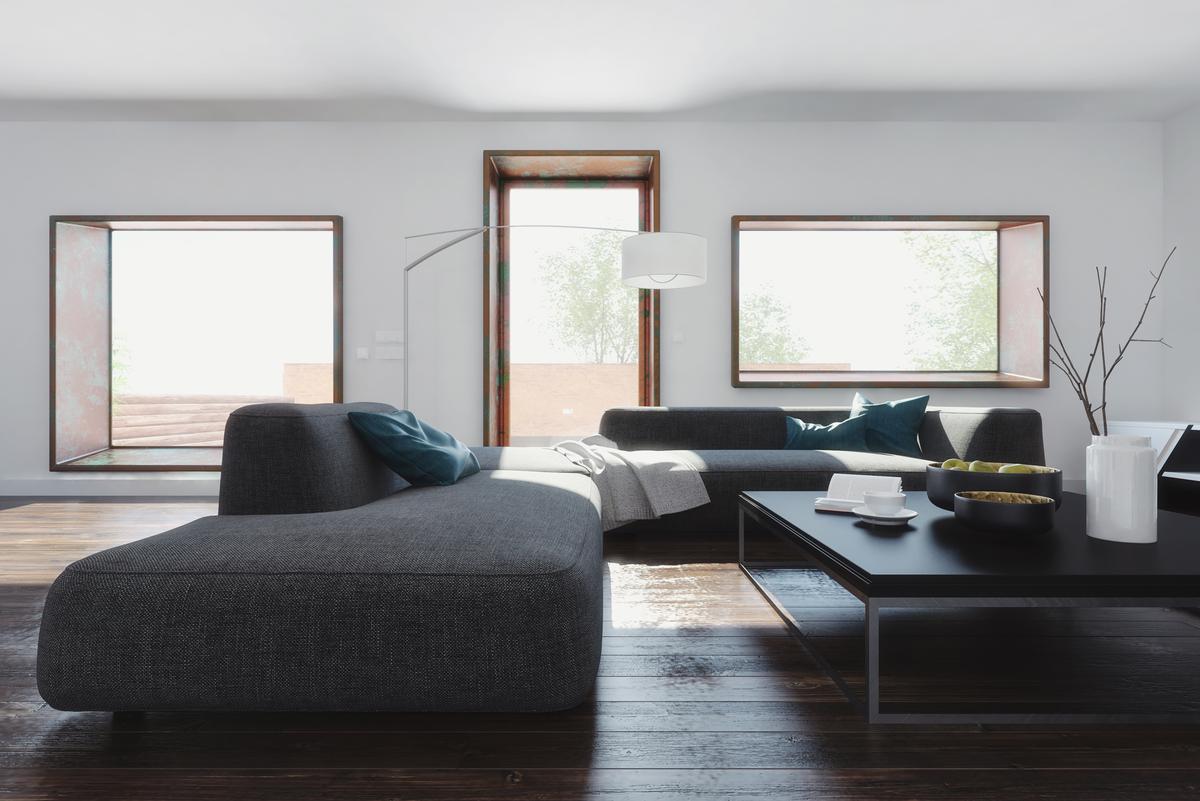
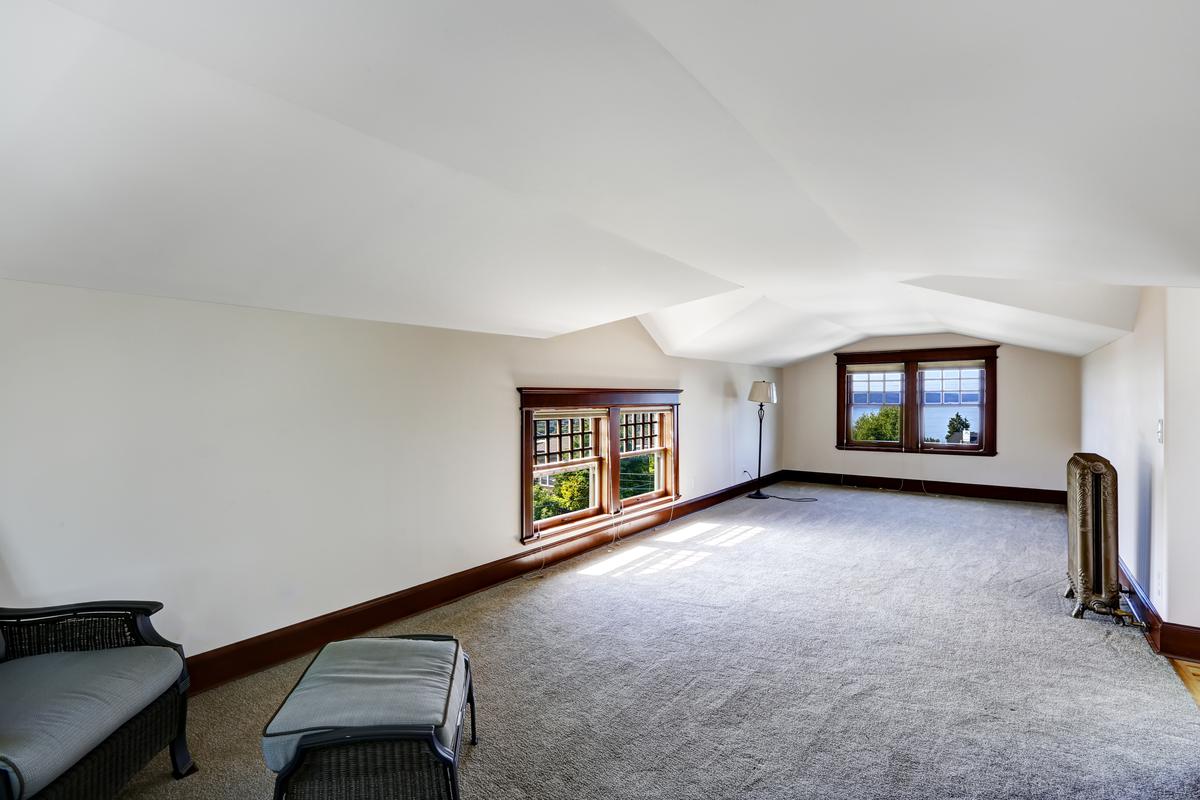
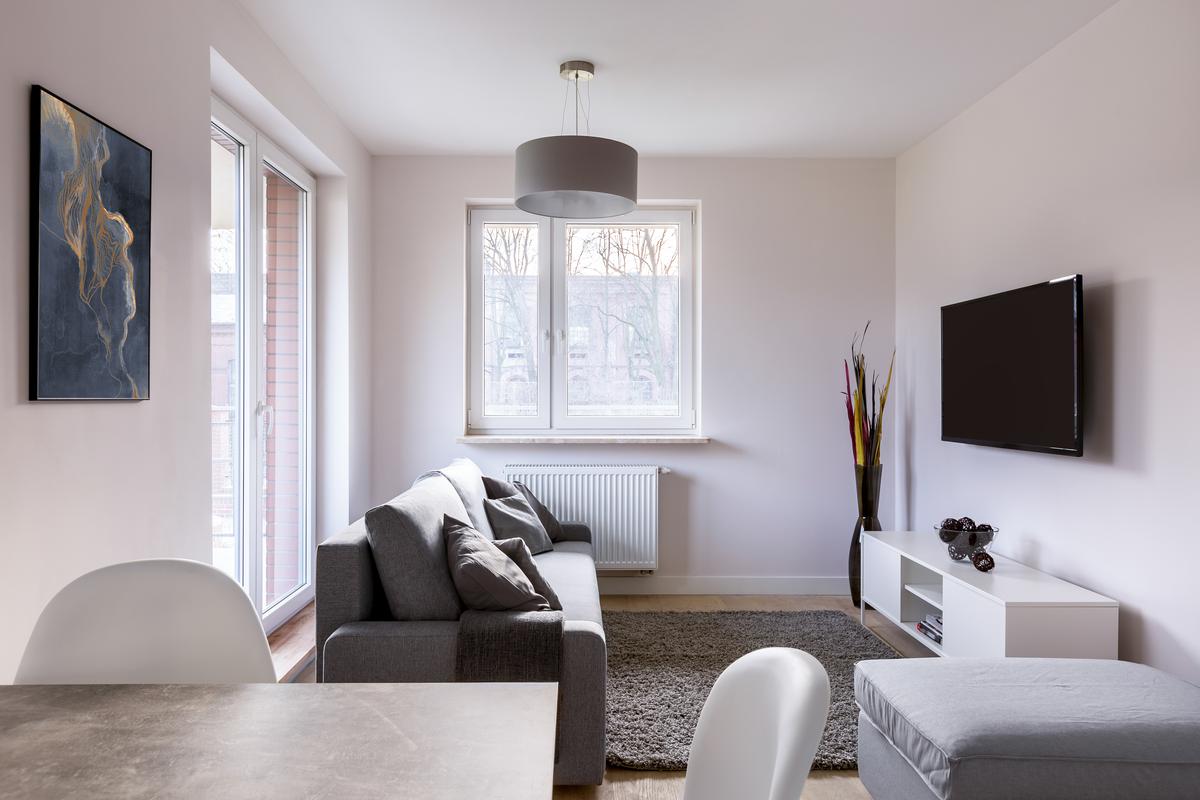
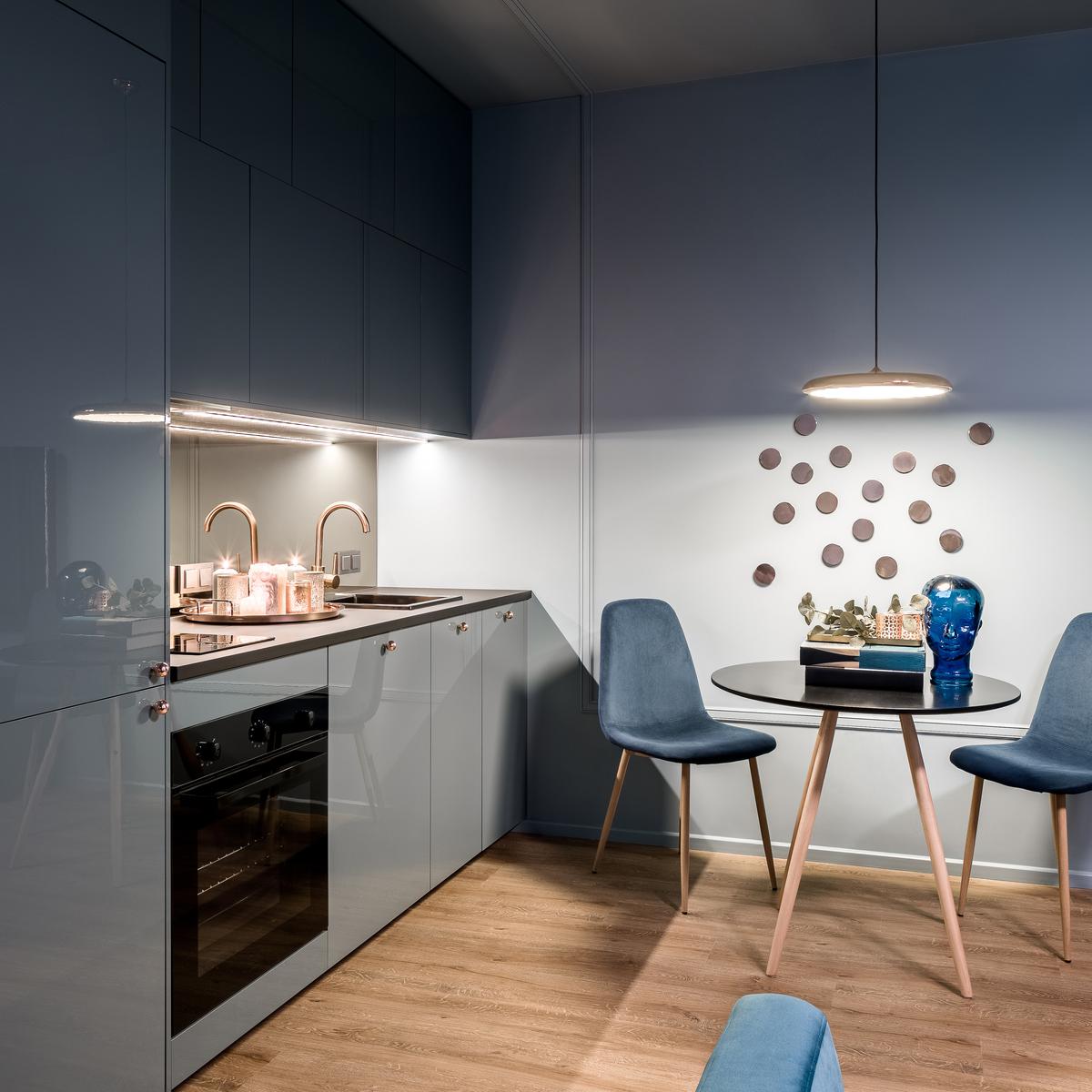
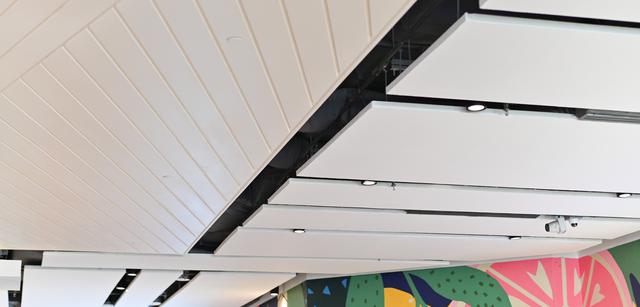
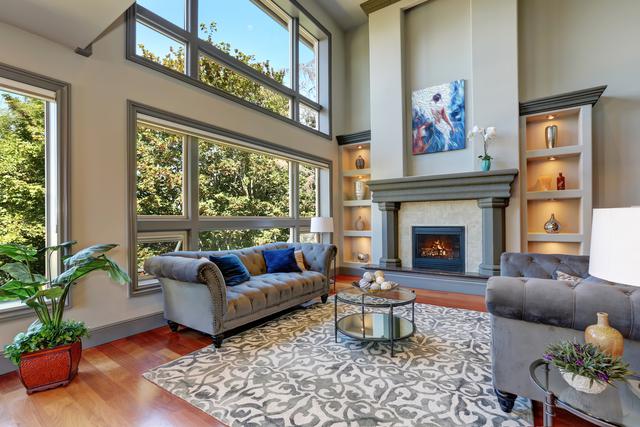
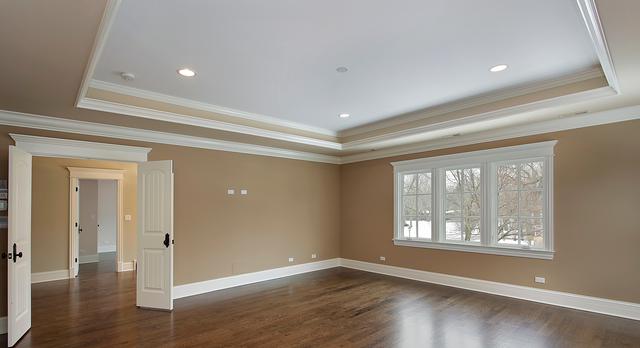
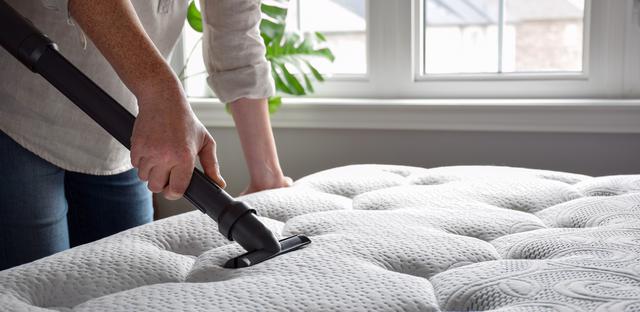
comments